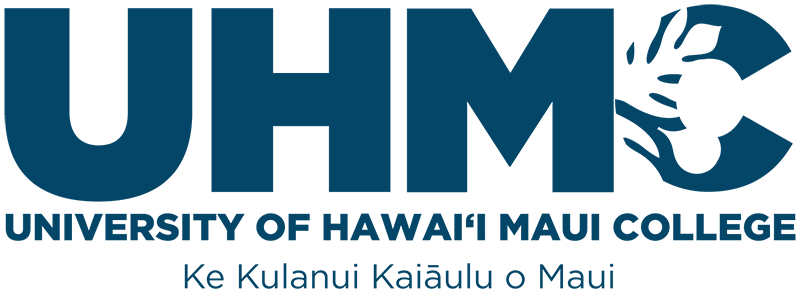UHMC College Executive Summary 2013-14
Instruction
For academic year 2013-14, the Career and Technical Education (CTE) and the Liberal Arts programs submitted a total of 24 instructional and three developmental program reviews. Each CTE review included a special emphasis on an overall assessment of their outcomes at both the course and program levels. As a result of this program review process, during the 2013-14 academic year, programs continue to make progress mapping their courses to the Program Learning Outcomes (PLOs) of their program, and each program continues to seek validation and support of their PLOs from their respective advisory committees. Additionally, programs have begun mapping college-wide student learning outcomes (CASLOs) into their course and program analysis, and will continue to align each to Institutional Learning Outcomes that have been developed through a campus-wide process led by our Strategic Planning Committee. For academic year 2013-14, special emphasis was placed on Information Literacy. Health call indicators continued to improve during the 2013-14 period. Eight programs were classed as healthy (five more than last year), 11 were ranked as cautionary (two less than last year), and no programs received an overall unhealthy rating (down two from the previous year). The college met four of the six Perkins indicators for 2013-14, falling short in 1P1 (Technical Skills Attainment), and 4P1 (Student Placement). All seven of the Community Colleges failed to meet the 4P1 indicator, therefore it will received priority Perkins funding for the 2015-16 proposal year. Department Chairs, Program Coordinators, Counselors, and Career Link have been made aware of these deficiencies and have been challenged to improve these during the 2015-2016 academic year, and to address them in their next program reviews.
Support Programs
UH Maui College Academic Support programs including the four outreach centers at Hana, Lahaina, Lanai, and Molokai, the University Center, Learning Center (TLC), and Continuing Education (OCET) also submitted annual program reviews for academic year 2013-14. Program review documents confirm the essential role of Academic Support Programs providing access and support for students throughout the college.
Vision and Plans
UH Maui College will continue to refine its assessment process that was establish by a collaborative effort of campus members with special emphasis on methods to increase student learning and adding value to the student experience so students are well prepared to enter the workforce and become productive citizens of the community. The College will continue to follow up with program coordinators to link resource requirements to evidence of student learning outcome achievement. Moreover, the College will identify policy, planning and budget considerations, as well as best practices, emerging from the program review process. The UH Maui College strategic planning and assessment process is guided by a Vision, Mission, Core Values and Institutional Learning Outcomes that are grounded in how UH Maui College “Inspires Learning” among our students, within our community and among colleagues. This rubric driven process is being led by faculty and staff members with strong support from administration. Each year UH Maui College degree programs collect and review evidence of a program level student learning outcome at an exit level course appropriate for each program. Parallel to this review, an assessment team reviews one general education learning outcome, also at an exit level course at the level appropriate for each program. This process is repeated annually, moving on to the review of the next program and general education outcome. Over time, each program and general education outcome is reviewed and then the process begins again in earnest. This dynamic assessment and planning model is aligned with similar processes in student services, , administrative services and information technology. The campus community has embraced this participatory approach to shared governance that has improved the quality of decision making around the strategic direction of the college.
